What is RISC-V?
RISC-V, short for Reduced Instruction Set Computing – V, is an open-source instruction set architecture gaining attention in the semiconductor industry. It defines the rules for a computer’s CPU operations. Designed for simplicity, modularity, and openness, RISC-V has the potential to revolutionize the processor industry.
Follow us on Linkedin for everything around Semiconductors & AI
How is RISC-V Different in semiconductor Industry
RISC-V (Reduced Instruction Set Computing – V) differs from other instruction sets, such as x86, ARM, and MIPS, in several key ways. Here are some of the primary distinctions:
Open Source:
- RISC-V: RISC-V is an open-source instruction set architecture. Its specifications are freely available, allowing anyone to access, use, and contribute to its development. This openness promotes collaboration and innovation across a wide range of users, including academia, industry, and individual developers.
- x86, ARM, MIPS: These architectures are traditionally closed, and their specifications are typically owned by specific companies. While some details may be available to developers, the openness of RISC-V sets it apart.
Modularity and Customization:
- RISC-V: RISC-V is designed with a modular structure, allowing designers to select and implement only the instructions needed for a specific application or use case. This modularity facilitates customization, enabling developers to tailor the architecture to meet specific requirements.
- x86, ARM, MIPS: These architectures have a fixed set of instructions, and while certain versions may include extensions, they are generally less modular than RISC-V.
Read more: Explained: What the hell is RISC-V
Reduced Instruction Set Computing (RISC) Philosophy:
- RISC-V: As the name suggests, RISC-V follows the RISC philosophy, which emphasizes a simplified set of instructions with uniform formats. The goal is to streamline the instruction set to enable faster execution and simpler hardware design.
- x86, ARM, MIPS: These architectures may include more complex instructions and variable-length instruction formats, which can make the hardware design more intricate.
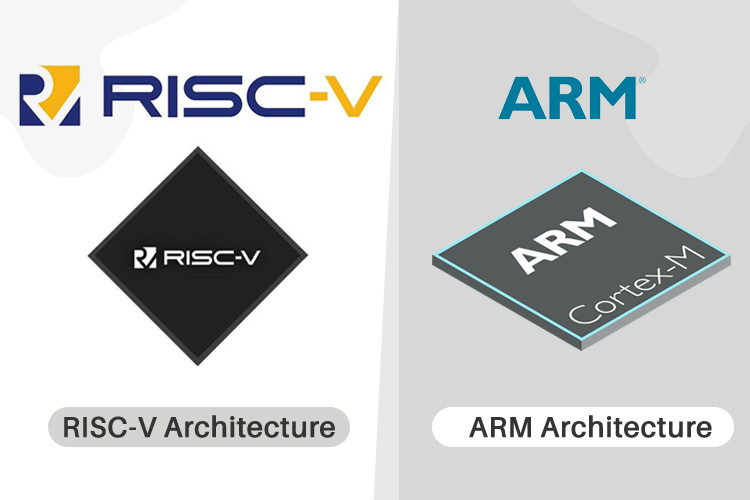
Instruction Formats:
- RISC-V: RISC-V instructions have a fixed length, typically 32 bits, making them straightforward to decode and execute. The instructions are designed to perform specific, simple tasks, promoting efficiency.
- x86, ARM, MIPS: These architectures may have variable-length instruction formats. For example, x86 instructions can vary in length, which can complicate the instruction decoding process.
Usage and Industry Adoption:
- RISC-V: While still gaining widespread adoption, RISC-V has seen increasing interest in various applications, from embedded systems and IoT devices to high-performance computing.
- x86, ARM, MIPS: x86 architecture is dominant in desktop and laptop computers, while ARM is prevalent in mobile devices, IoT, and embedded systems. MIPS has historically been used in various applications, including networking equipment.
Standardization Organizations:
- RISC-V: RISC-V International is a non-profit organization that oversees the standardization and development of RISC-V. It facilitates collaboration among industry stakeholders and works towards establishing RISC-V as a widely accepted standard.
- x86, ARM, MIPS: These architectures are typically managed and developed by the companies that own them (Intel for x86, ARM Holdings for ARM, etc.).
In summary, RISC-V stands out due to its open-source nature, modularity, and adherence to the RISC philosophy. While other architectures like x86, ARM, and MIPS have their strengths and dominant positions in specific markets, RISC-V’s flexibility and openness make it a compelling choice for a range of applications.
Five ways RISC-V could potentially change the landscape of the Semiconductor industry:
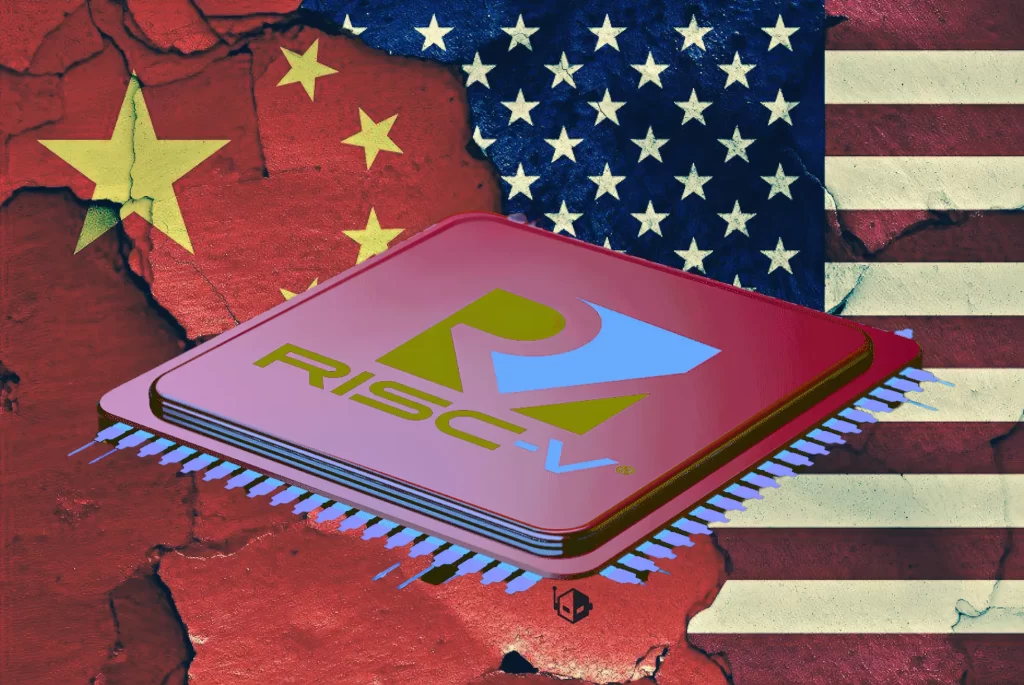
1. Open Source and Collaboration:
RISC-V is an open-source ISA, allowing anyone to access and use its specifications freely. This openness encourages collaboration and innovation across different organizations, academic institutions, and individuals.
Unlike traditional closed architectures, RISC-V’s collaborative nature can foster a more diverse and dynamic ecosystem, potentially leading to faster development cycles and a wider range of applications.
Example: SiFive, a company that produces RISC-V based processors and provides customizable RISC-V IP cores. SiFive collaborates with various partners and customers, fostering an ecosystem where companies can leverage and contribute to RISC-V technology.
2. Customization and Specialization:
RISC-V’s modular design allows for greater flexibility and customization. Developers can choose and implement only the instructions that are necessary for a specific application or workload, optimizing performance and power efficiency.
This level of customization enables the creation of specialized processors tailored to specific tasks, potentially leading to more efficient and cost-effective solutions for various industries, from IoT devices to data centers.
Example: Western Digital’s RISC-V-based SweRV Core. Western Digital has released a RISC-V processor core that can be customized for specific applications, such as storage controllers. This customization allows them to optimize the processor for their particular use case, improving performance and efficiency.
3. Reduced Costs and Time-to-Market:
With RISC-V being open source, companies can avoid licensing fees associated with proprietary architectures. This reduction in costs may lead to more affordable hardware, making it easier for startups and smaller companies to enter the processor market.
Additionally, the open nature of RISC-V allows for quicker development cycles, potentially reducing time-to-market for new processor designs and innovations.
Example: Alibaba’s Xuantie 910 RISC-V processor. Alibaba has developed its RISC-V processor for use in artificial intelligence (AI) and other workloads.
The open-source nature of RISC-V allows Alibaba to avoid licensing fees, potentially reducing costs and speeding up the development and deployment of their processors.
Read more: What is special about ARM for the biggest IPO in recent times?
4. Innovation in Academic and Research Settings:
RISC-V’s availability as an open-source architecture has made it a popular choice in academic and research settings. Students, researchers, and developers can experiment with RISC-V architectures, contributing to a pool of knowledge and fostering innovation.
This academic interest can lead to breakthroughs and advancements that may eventually find their way into commercial products, further shaping the industry.
Example: Berkeley’s RISC-V-based research projects. The RISC-V ISA originated from the University of California, Berkeley. Researchers and students at Berkeley continue to explore RISC-V in various projects, contributing to advancements in computer architecture and fostering innovation.
5. Industry Standardization:
As RISC-V gains momentum, there’s a potential for it to become an industry standard. If more companies adopt RISC-V architectures, it could create a unified standard that simplifies software development, facilitates interoperability, and eases the integration of different components within a system.
Standardization may lead to a more cohesive and efficient ecosystem, benefiting both developers and end-users.
Example: RISC-V International. RISC-V International is a non-profit organization that manages the development and promotion of the RISC-V ISA. Its mission is to drive the adoption of RISC-V as an open standard across the industry. The organization’s efforts aim to establish RISC-V as a widely accepted and standardized architecture.
Read More: The Story of RISC-V
While RISC-V has the potential to bring about significant changes in the Semiconductor industry, it’s important to note that widespread adoption and acceptance may take time.
The success of RISC-V will depend on factors such as continued community support, industry collaboration, and the ability to address specific market needs effectively.

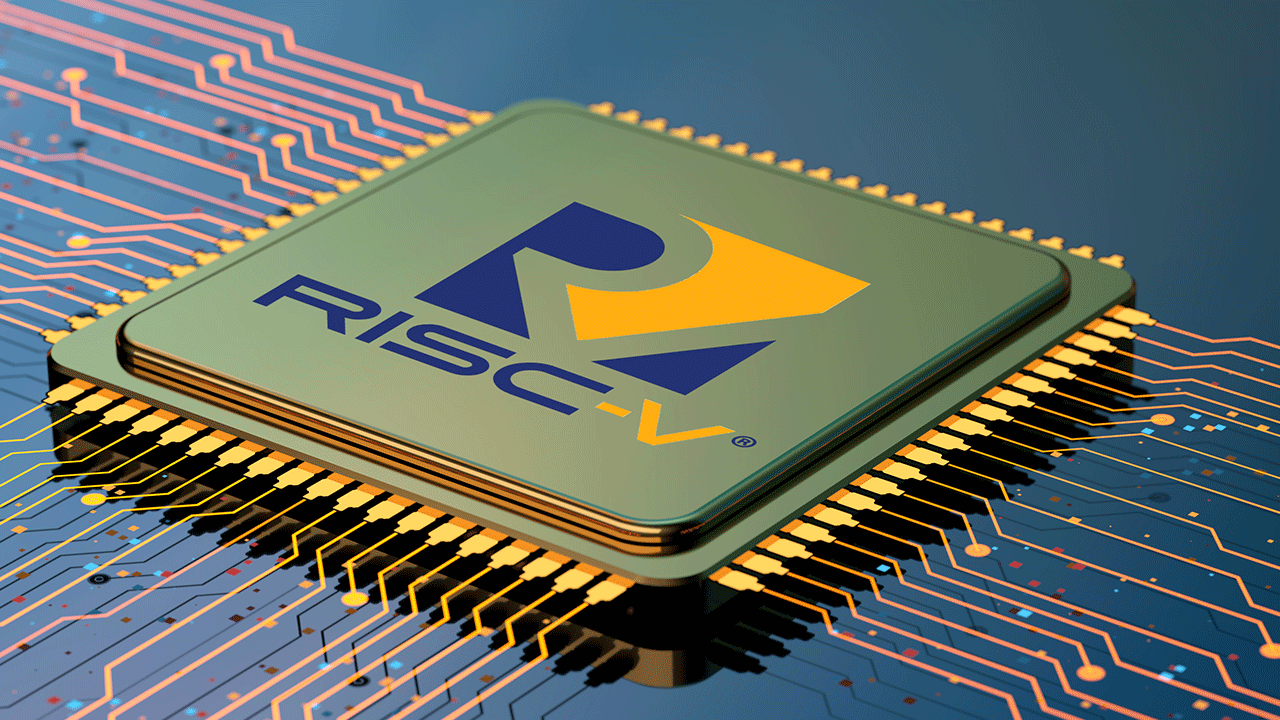
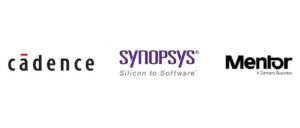
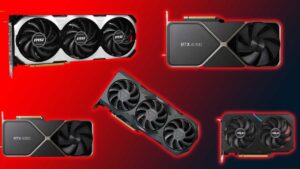
Great post.
After checking out a few of the blog articles on your site, I truly like your
technique of writing a blog. I saved it to my bookmark website list and will be checking back in the near
future. Please check out my web site as well and tell me what you think.